What has 6 toes, a backward bending neck and hunts Puffins? Meet the Lundehund!
Norway and Iceland are home to some of the world’s most fascinating creatures and traditions, and two of the most intriguing are the Norwegian Lundehund and Iceland’s pufflings. One is a rare dog breed with jaw-dropping physical abilities: think six toes, flexible joints, and a neck that can bend backward. The other is an irresistibly cute baby puffin, known as a puffling, a tiny bird that has its own remarkable story.
The Dog and Bird Connection
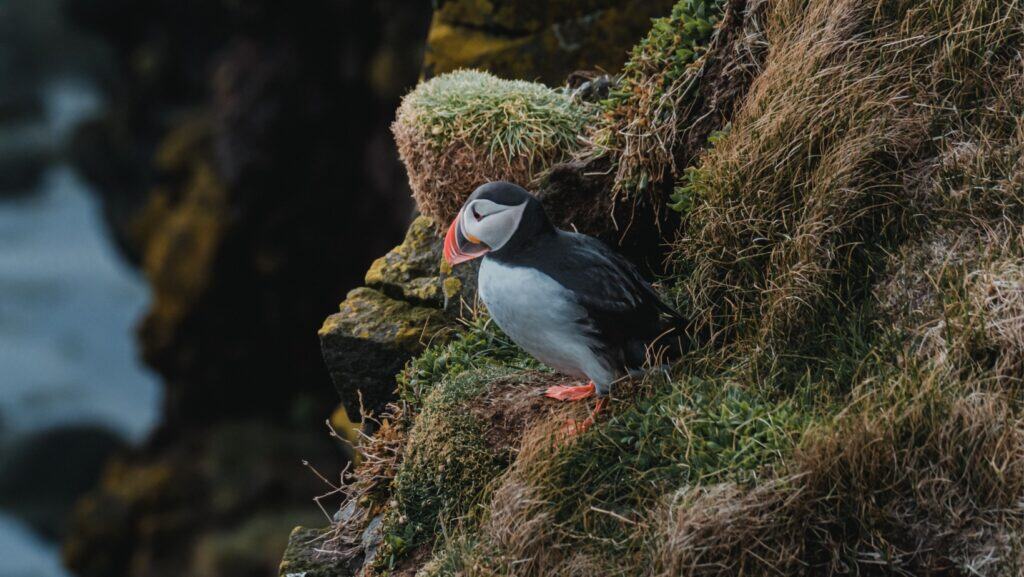
What connects them? History, survival, and a deep bond with the rugged Nordic landscapes they call home. From the cliffs of Iceland to the remote islands of Norway, these two wonders have captivated animal lovers and adventurers alike. Here’s what makes them so special, and why their stories matter today.
The Only Dog Built to Hunt Puffins
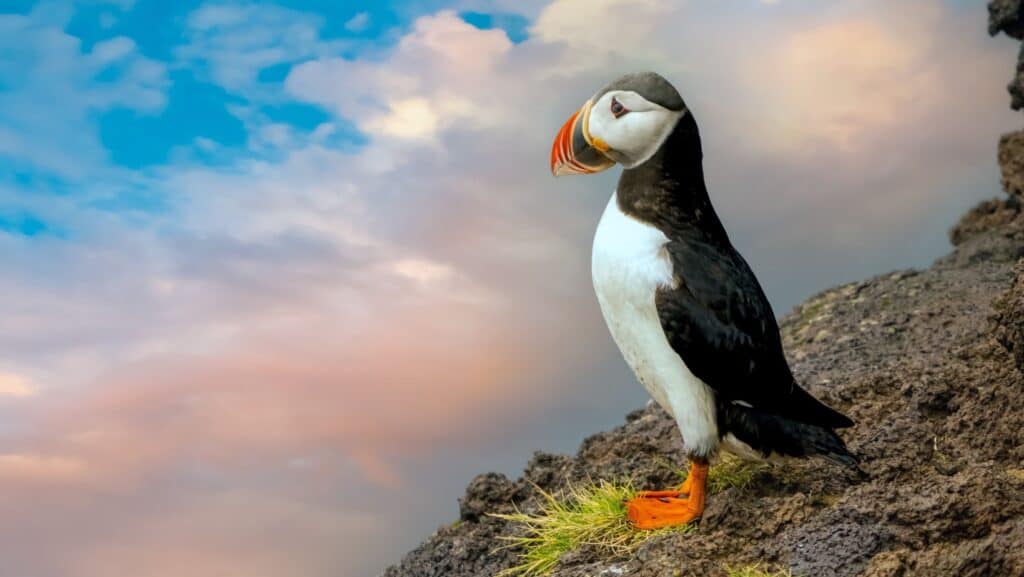
Long before supermarkets, coastal Norwegians relied on the Lundehund to retrieve puffins. These birds nest deep inside rocky crevices, so villagers bred a dog that could climb, twist, and squeeze into impossible spaces to bring the still-live fowl to their human hunter partner. Without the Lundehund, survival on remote islands like Værøy would have been much harder.
Six Toes Give It Super Grip
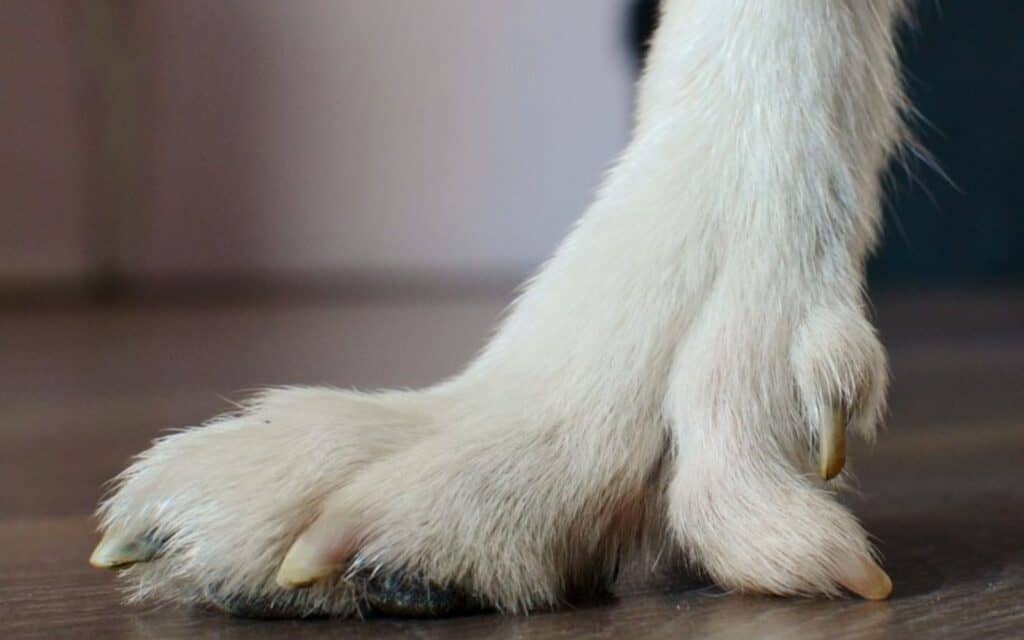
Forget standard paws; the Lundehund has six fully developed toes on each foot, giving it exceptional grip on slippery cliffs and narrow ledges where puffins nest and raise their pufflings. This extra digit wasn’t a fluke; it’s an adaptation for the ultimate bird-hunting mission. Even today, those six toes make this breed one of the most distinctive in the canine world.
And Extra Pads

Lundehunds also have an extraordinary number of foot pads: eight on each front paw and seven on each hind paw; far more than most breeds. This distinctive feature gives them exceptional grip in cramped spaces and allows them to stabilize and brace themselves on rugged or shifting terrain.
A Flexible Spine and Shoulders Like a Gymnast
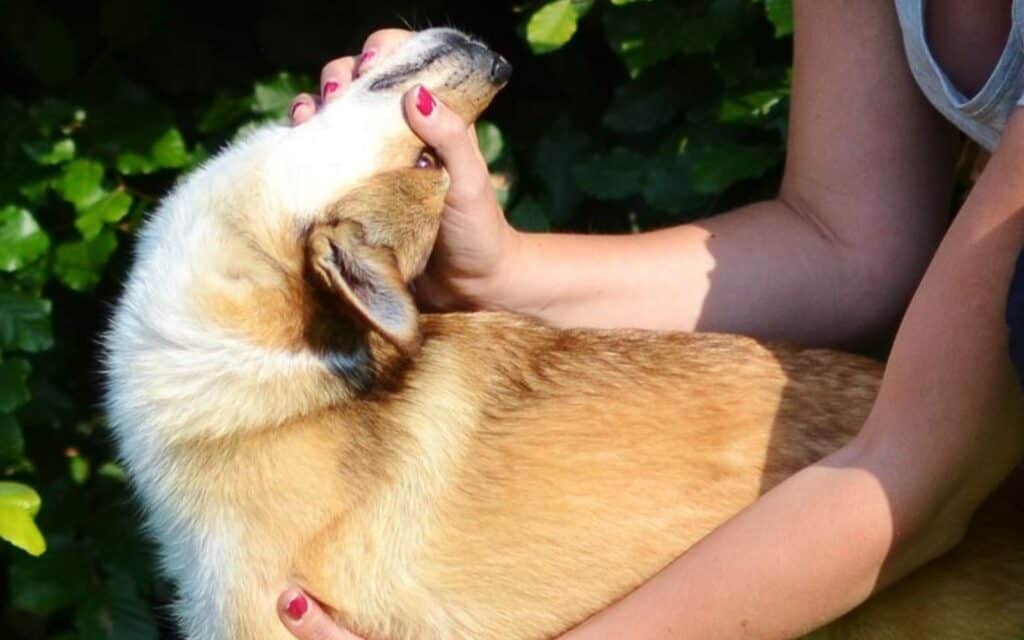
If there were a dog Olympics for flexibility, the Lundehund would take gold. It can bend its head backward until it touches its spine and twist its shoulders in ways most dogs can’t imagine. These moves allowed it to wriggle through jagged rocks and span crevices to reach puffin nests hidden deep inside cliffside tunnels, a skill no other breed can match.
Olympic Level Flexibility and Strength

Their shoulders are flexible enough to extend out in a 90-degree angle; their shoulder structure allows an unusual rotary movement not found in other dogs.
Even Their Mouth Is Different
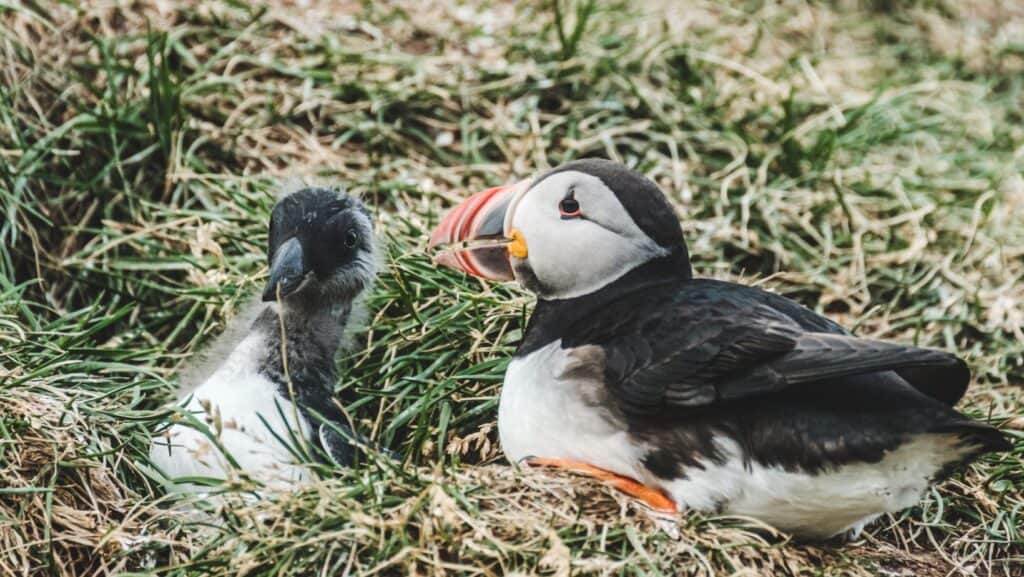
Most dogs have 42 teeth. The Lundehund has four fewer teeth: two less on the bottom, and two less on the top, which allowed the dogs to cradle puffling eggs without breaking them. The dog’s soft mouth also kept adult puffins alive when brought back to their human hunters.
Ears That Act Like Earplugs
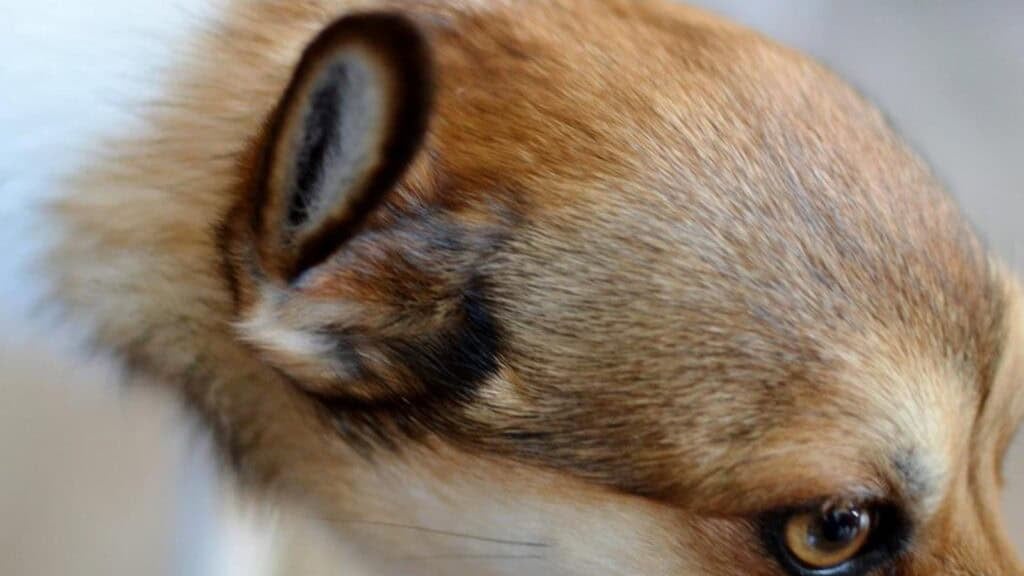
The Lundehund’s ears don’t just flop; they seal shut forward or backward, protecting its inner ear from sand, water, and sharp debris. This unique feature came in handy when crawling through rough, damp caves in search of puffins and pufflings. Think of them as built-in ear defenders for one of the world’s hardest-working dogs.
A Brush With Extinction
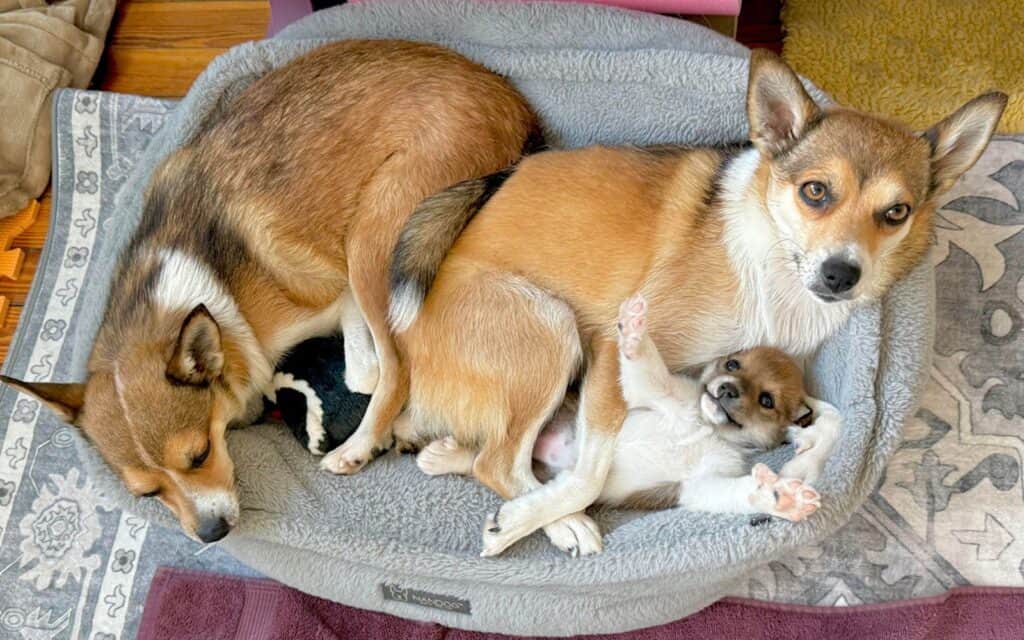
Every Lundehund alive today is a living piece of Norwegian history, and in fact every one of today’s Lundehunds descends from four dogs that had remained in the 1960s. And this was after they were on the brink of extinction in the 1930s, and again, almost wiped out by distemper post WWII.
Thanks to dedicated breeders around the globe, this ancient hunter got another chance at life.
Humans Work to Help Pufflings
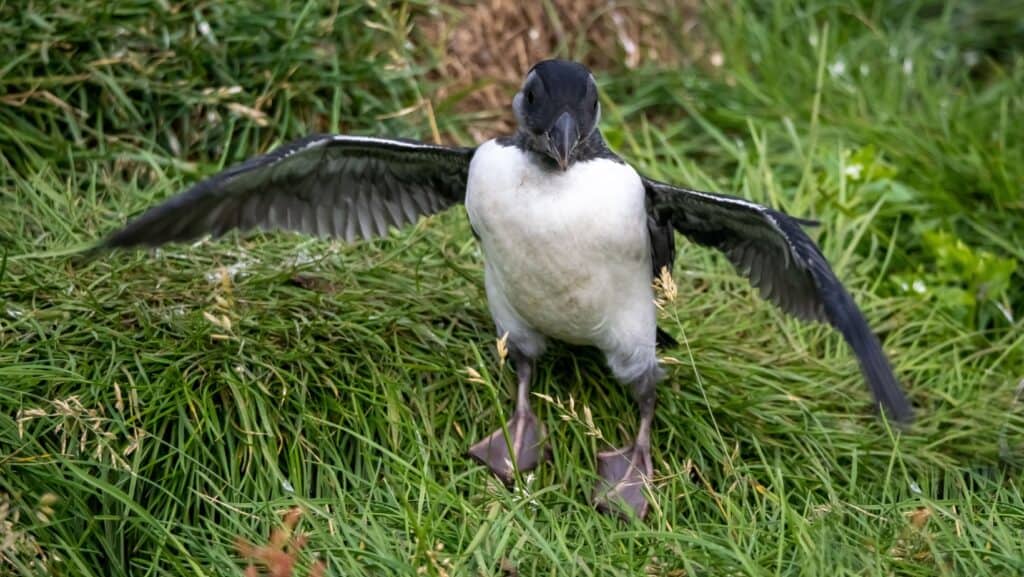
Human interaction saved the Lundehund, and also works to preserve puffins and their baby pufflings. Apparently, pufflings use the moonlight to navigate out to sea, but are often confused by city lights and end up in towns instead. It is tradition in the Westman Islands of Iceland for families, often with children, to gather the pufflings and gently release them from cliffs so they can catch the wind and find their way to the ocean.
The Lundehund doesn’t come into play here, but human help does.
Rarer Than a Snow Leopard
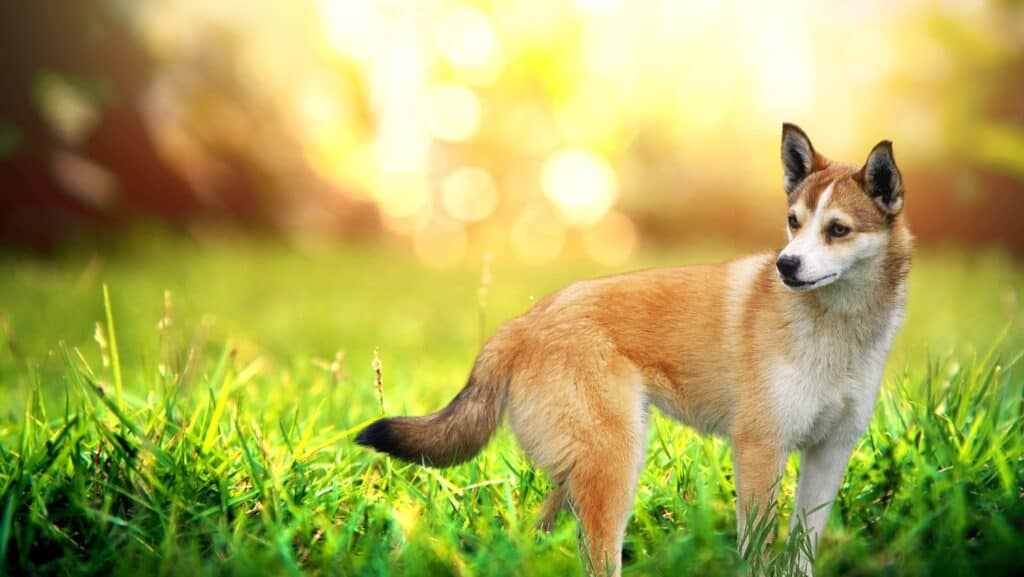
Even today, the Lundehund remains one of the rarest dog breeds on Earth, meaning you’re more likely to see a polar bear in the Arctic than this quirky puffin dog in your local park. Breed enthusiasts work tirelessly to preserve its unique traits for future generations.
From Puffin Caves to Airport Runways
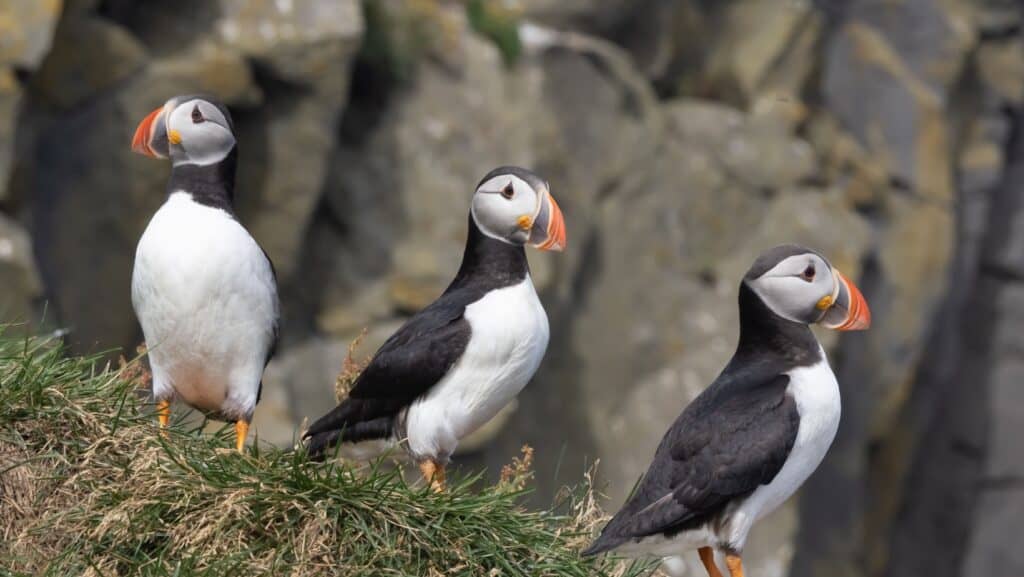
With puffin hunting now banned in many places, you might think the Lundehund is out of a job, but think again. Some are used at Norwegian airports to locate seagull nests and prevent bird strikes, a modern twist on their centuries-old role as bird specialists. Their sharp instincts and agility still make them invaluable.
Two Rare Nordic Treasures Worth Preserving
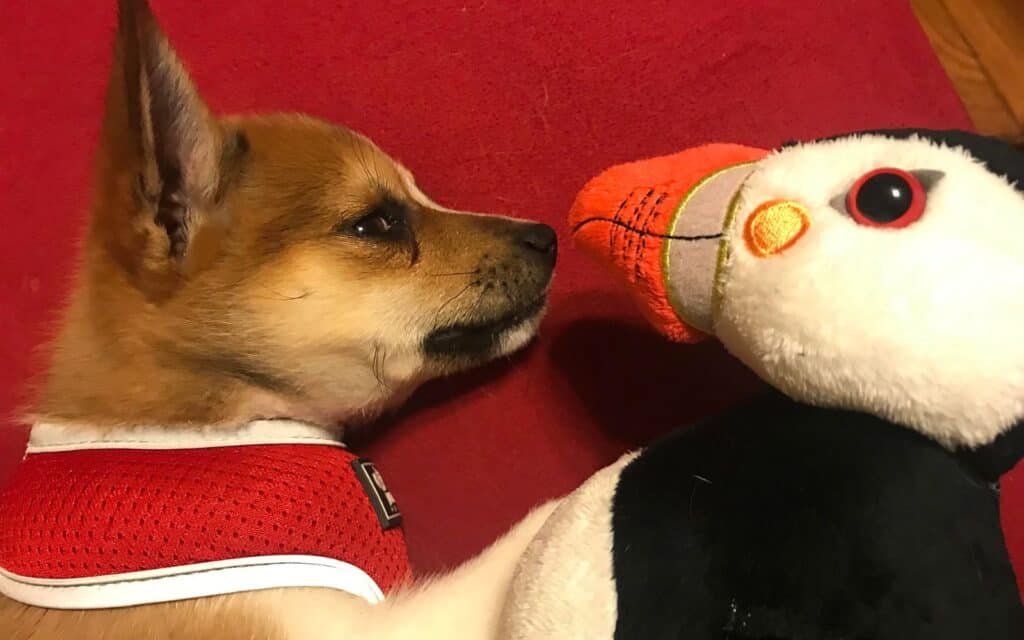
Both the Norwegian Lundehund and Iceland’s pufflings reflect the unique relationship between people, animals, and the environment in the Nordic world. These stories remind us of the fragile balance of nature, and how much our traditions matter in protecting it.
What Is It Like Living With Lundehunds?
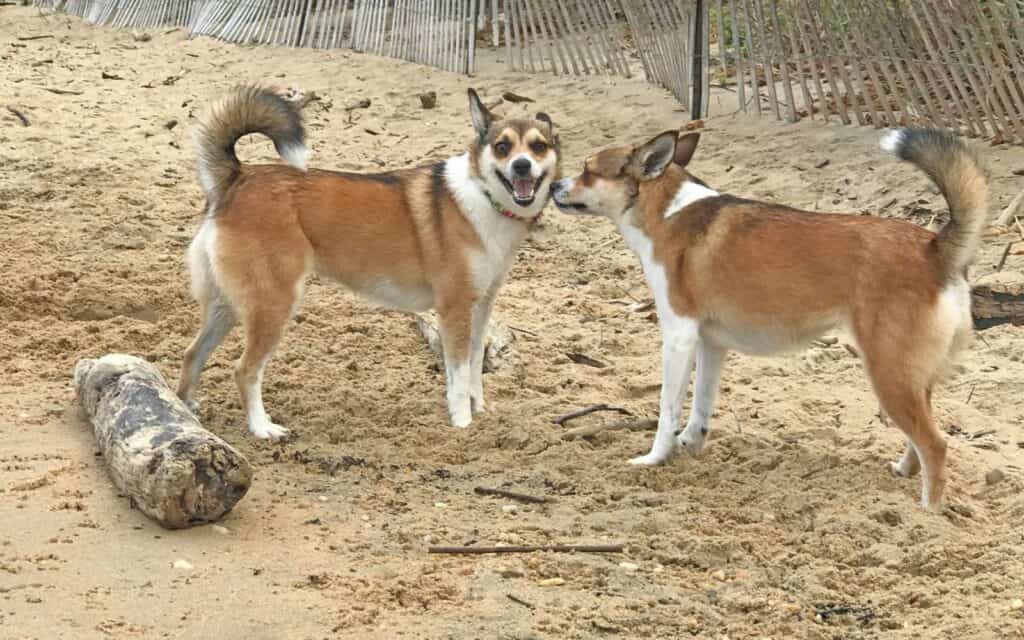
What is it like living with Lundehunds today in a non-hunting household? We spoke with breeder Kristina Maze, who has dedicated her life to preserving and celebrating this amazing dog, which she refers to as “Lundies.”
Foxlike Looks
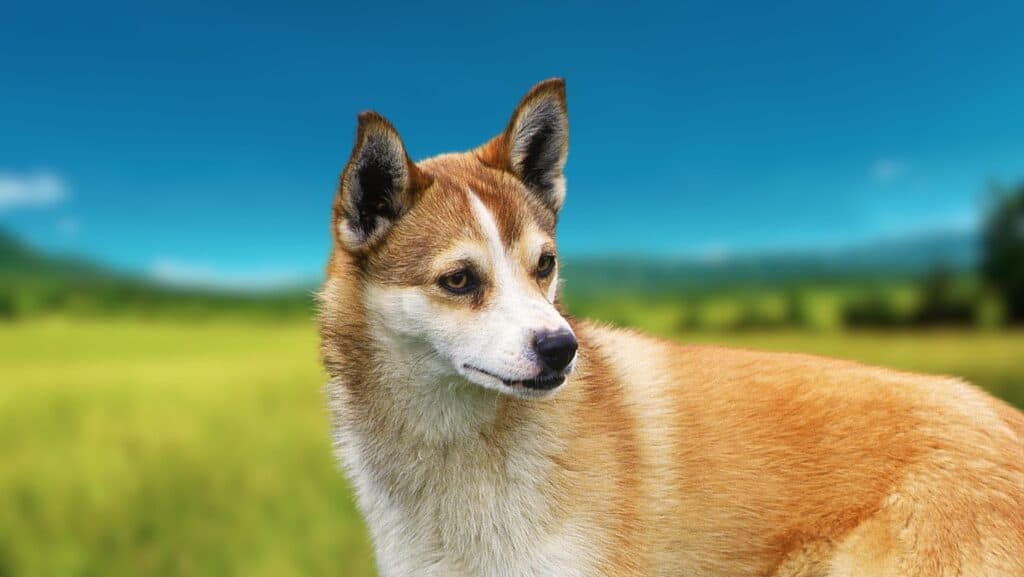
In her words: “While there are no puffins where we live, the dogs’ prey drive has not diminished. One of my females has caught and killed rats, a house finch (an invasive bird in North America), and field mice. Her sister hunts lizards and has the icky ability to pinpoint the location of small, dead garter snakes in large, grassy fields. We have a puppy that stalks bugs on evening walks.”
She also mentioned that whenever they are in public, that people refer to how foxlike they look.
The Genes Matter
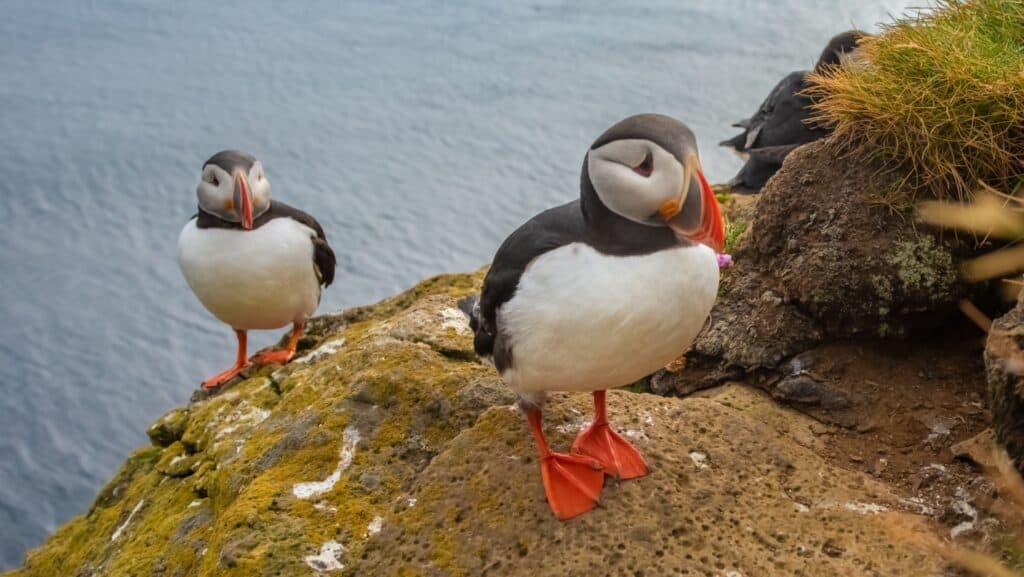
Anyone who lives with a purpose-bred, purebred dog, knows that the genetics are baked right in. For instance, it is not unusual to see a pointing dog to exhibit its frozen stance and “pointing” behavior at a very young age, way before it has been on a hunt or exposed to live birds in the field.
Kristina says that if she plays videos of puffins with audio of them making their calls, that her dogs perk right up, even though they have never seen a real puffin.
Lundie Quirks
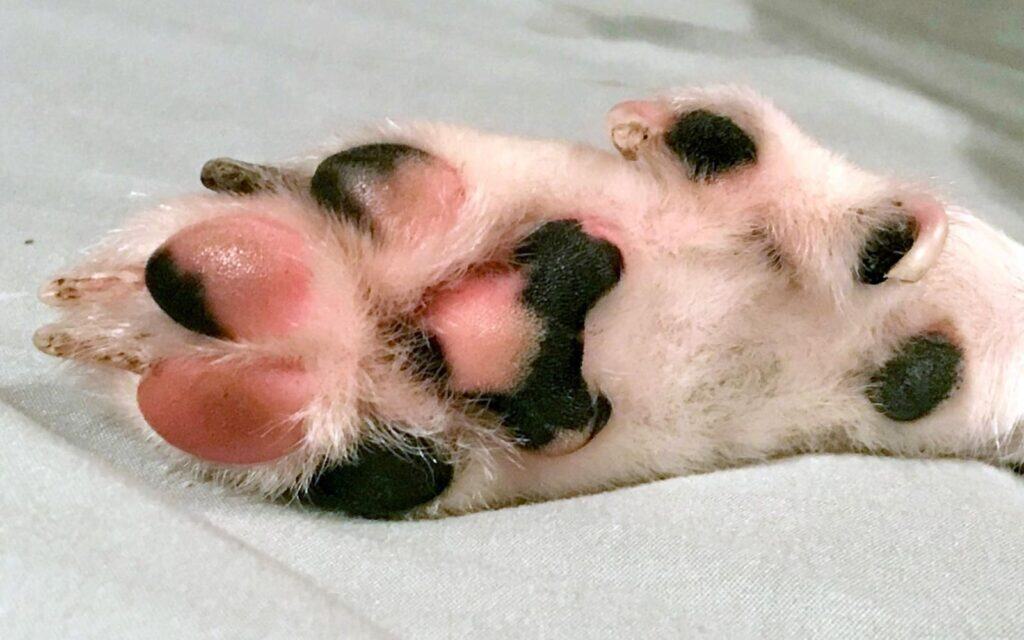
Every breed has its own quirks. Lundehunds are known to be “smart, stubborn, playful, and energetic little dogs,” according to Kristina, who also mentioned one of their less desirable habits. “I would be remiss if I didn’t mention the ‘puffin brakes’—the term for when a Lundehund suddenly refuses to walk on leash. They all do it, some more than others.”
Every Purebred Dog Has Unique Behaviors
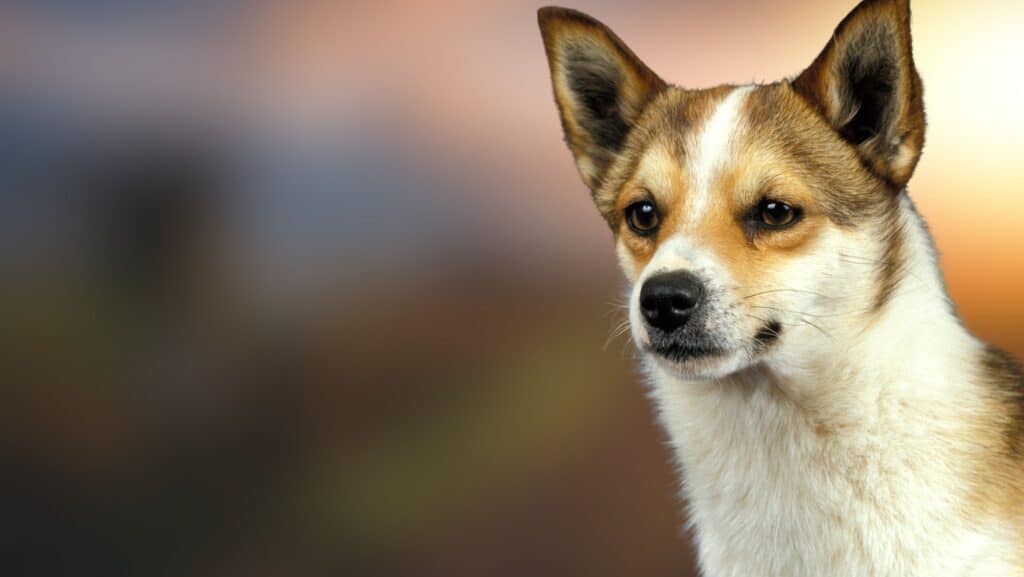
I asked Kristina why they do this. She only had conjecture such as musing that as they lived for hundreds of years as wild or semi-wild dogs, that walking on a leash is just not to their liking. Certainly, those sticky toes and pads make it easier for them to “put on the brakes.”
Or, Kristina continued, “I would think sea eagles could have hunted Lundehunds on Værøy so maybe ‘puffin brakes’ are a defense mechanism to flatten out and freeze frame till the danger passes? Who’s to say? They aren’t telling me.”
Stubborn, But Agile

While they might refuse to take a stroll with you, Kristina still marvels at their physicality.
“Their ability to nimbly climb boulders and race down steep slopes is astonishing. They are an ancient breed so I guess you can take the Lundehund out of Mastad, Norway, but you can’t take Mastad out of the Lundie.”
A Living Time Capsule
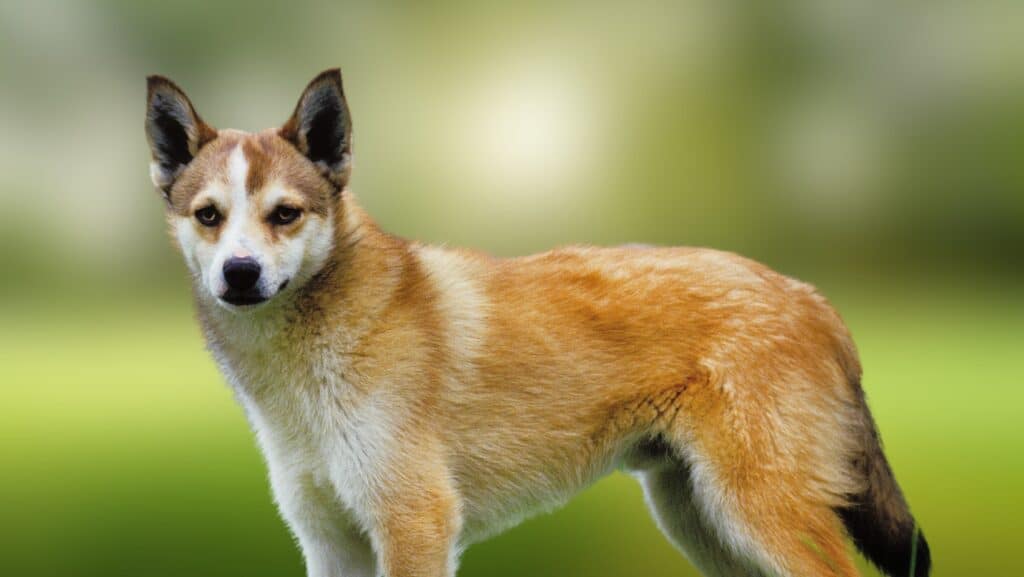
From a six-toed dog that once scaled sheer cliffs to a tiny bird that takes its first flight with a helping hand, the Norwegian Lundehund and Iceland’s pufflings are more than just curiosities; they represent the remarkable resilience and adaptability of life in some of the harshest yet most breathtaking landscapes on Earth. These stories connect us to centuries-old traditions, where survival depended on ingenuity and respect for nature.
The Beauty of Nature

Today, they remind us how fragile these ecosystems remain, and how human care and intervention can make the difference between extinction and endurance. So, the next time you spot a photograph of a puffin with its colorful beak or read about this rare, flexible dog breed with extra toes, you’ll understand the incredible history behind them and why preserving these Nordic treasures matters now more than ever.
How Science Now Calculates Dog and Cat Years: How Old Is Your Pet Really?

READ: How Science Now Calculates Dog and Cat Years: How Old Is Your Pet Really?
Pet owners often wonder how old their furry friends would be in human years, a curiosity fueled by the strong bond we form with our cats and dogs. The classic belief that each dog year equals seven human years is now widely considered inaccurate, as recent scientific advancements have provided a more nuanced understanding. Both dogs and cats age differently depending on their species, breed, and size, leading researchers to develop more sophisticated methods to measure their equivalent “human” age.







